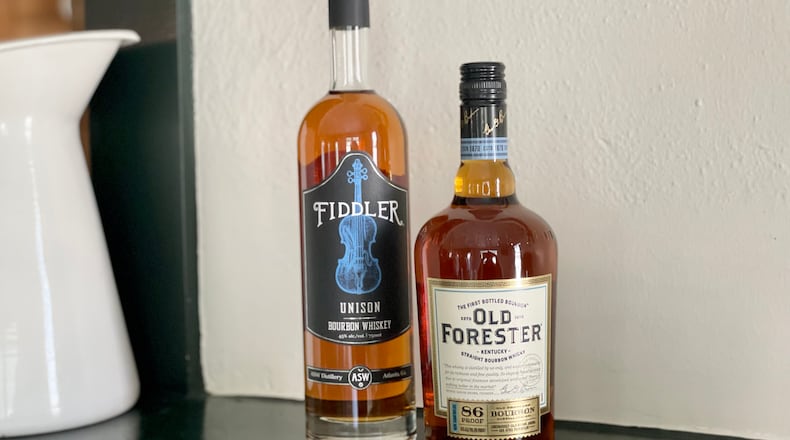Since a low point in 1999, the bourbon category of whiskey has been on a remarkable rise in popularity, seeing as much as a 400% growth in sales, particularly among old and rare releases.
Considering such enthusiasm, one might assume that the general consumer is familiar with what makes this whiskey worthy of being called bourbon. Yet, we occasionally hear people say, “You can’t make bourbon in Tennessee,‘’ or “Bourbon has to be made in Bourbon County, Kentucky.”
Bourbon can be made anywhere in the U.S., and, in fact, Hartfield and Co. Distillery, founded in 2014, is producing the first bourbon made in Bourbon County since 1919. These are the type of fallacies that get spread and turn into myths.
If we are going to do some myth-busting, a good place to start is 1964, the year Congress adopted a resolution on the matter of this American spirit. It declares: “Bourbon whiskey is a distinctive product of the United States and is unlike other types of alcoholic beverages, whether foreign or domestic.” Much like with French wine appellations (i.e., wines labeled Champagne must be made in the Champagne region, and in accordance with a certain method), the bourbon resolution is a law of national pride and commerce.
The Alcohol and Tobacco Tax and Trade Bureau further clarifies what is required for a whiskey to be considered bourbon: First, bourbon must be made in America. According to the Kentucky Distillers Association, 95% of bourbon is made in that state. However, thanks to the micro-distillery movement, there are now bourbons made in all 50 states.
Bourbon also is defined by the mash, the mix of grains used to start fermentation (the first step of the distillation process). By law, bourbon must have at least 51% corn in the mash, but most have a higher percentage — usually around 70%.
Next, bourbon must be aged in new, charred oak barrels. This is where bourbon’s color — and a lot of its distinct flavor — comes from.
Finally, bourbon can’t be distilled at higher than 160 proof, can’t go into the barrel higher than 125 proof, and can’t be bottled at less than 80 proof. This is the technical stuff, but it’s good to know.
Yet, let’s not lose sight of why we enjoy bourbon: the taste. Our favorite bourbon cocktail is a very classic Old-Fashioned, as it highlights, rather than hides, the character of the spirit. Two of our favorite bourbons are Old Forester, with its classic flavor profile, and Atlanta’s own ASW Unison bourbon, with its modern complexity.
Credit: Krista Slater
Credit: Krista Slater
Read more stories like this by liking Atlanta Restaurant Scene on Facebook, following @ATLDiningNews on Twitter and @ajcdining on Instagram.
About the Author
The Latest
Featured


